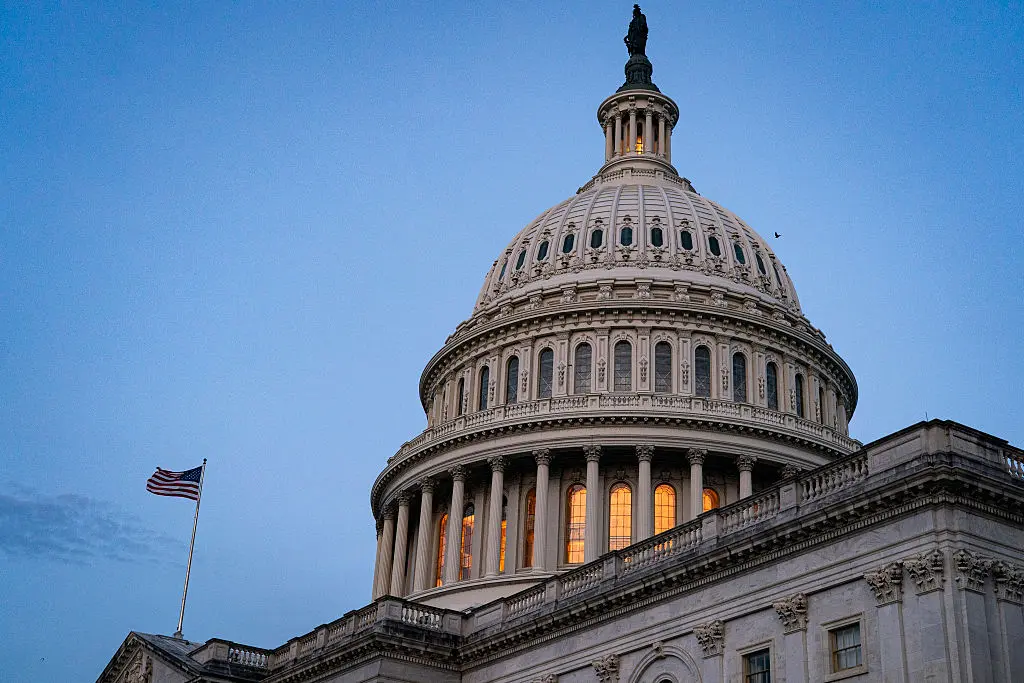The Biden administration’s massive spending plans are bound to drive inflation higher, according to Barbara Kolm, founder and director of the Austrian Economics Center think tank.
Asked during an interview on The Epoch Times’ “Crossroads” program whether she believes some economists are right to be concerned that the government’s spending plans, which now amount to some $4.5 trillion, will push prices higher, she replied that “this will, of course, cause inflation.”






